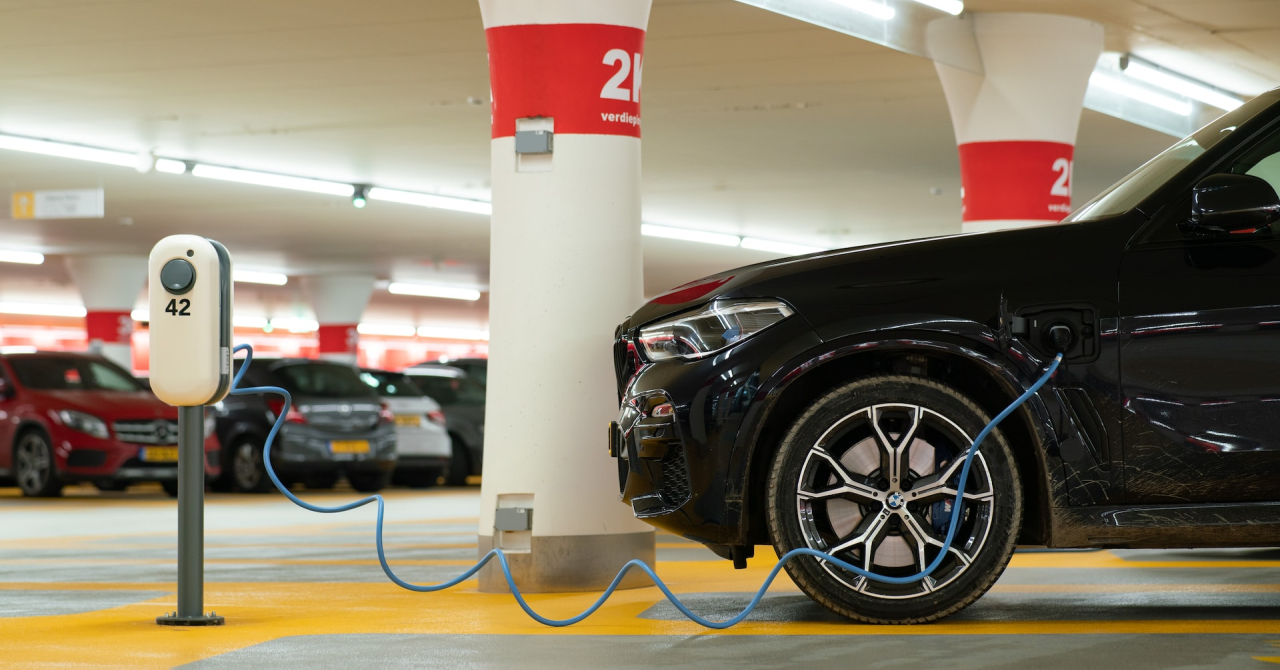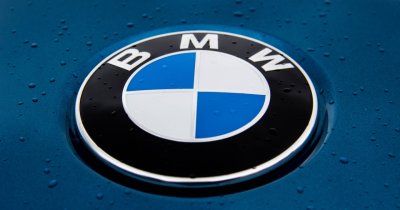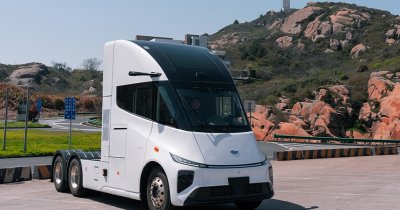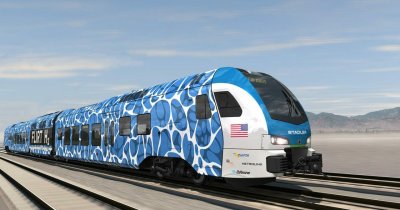According to Fast Company, since 2019, when in Norway most EV charging stations were designed for Teslas, the country made big steps with regards to implementing charging solutions for pretty much all other brands that offer battery-powered models.
Magnus Korpås, a professor at the Norwegian University of Science and Technology, said that "in Norway, we’re quite used to electric vehicles. This is the common car now. You diverge from the standard if you buy something else, really."
One of the reasons for this is the country's efforts to promote clean vehicles, which start some three decades ago. Everything played a role, from subsidies, to regulations and most importantly, the infrastructure.
This is what led to the mass-adoption of EVs in Norway, where 80% of newly sold cars are battery-powered models.
In the US, for example, less than 5% of cars sold today are electric models and part of that reason was the lacking infrastructure.
While Tesla definitely dominates the segment of power stations in the US, with some 163.000 superchargers installed nation-wide, up until recently, those were Tesla-compatible only.
Mercedes-Benz and Volkswagen are two German car brands that promised to expand on the charging network in the country, with 2.500 fast charging units by 2027 and 10.000 by 2025, respectively.
Another reason why EVs are so popular in Norway is because the government was also interested in helping those who charge at home, which in the case of its citizens, we are talking about 82% of battery-car owners.
One of the problems EV-owners, even in Norway, can face is that multiple companies that install charging stations have their own app required for payment and finding a power stations.
Such a decentralized system can cause frustration when you are in a hurry or simply can't stop to look at all the different possible options you might have for charging your vehicle.
Experts say that, this can be solved in the future through regulation and implementing a system where all companies offering charging solutions can showcase their offering on a single map, using a single application for payment.
 Mihai - Cristian Ioniță
Mihai - Cristian Ioniță












Any thoughts?